Controversy deepens over localizer installed on concrete wall
입력 2025.01.02 (23:58)
읽어주기 기능은 크롬기반의
브라우저에서만 사용하실 수 있습니다.
[Anchor]
We look into the tragedy involving the Jeju Air passenger plane.
Questions and controversies are growing regarding the circumstances under which the concrete embankment was created under the localizer.
The Ministry of Land, Infrastructure and Transport is repeatedly stating that they are investigating, while affiliated agencies seem to be engaged in a blame game.
Oh Dae-seong reports.
[Report]
The localizer facility at Muan International Airport, supported by over ten concrete pillars, was established when the airport opened in 2007.
There was an opportunity to correct it during subsequent renovation works.
In the 2020 renovation project order from Korea Airports Corporation, it was instructed to consider using materials that are prone to breakage when designing antennas, towers, and foundations.
However, during the 2023 renovation, a 30cm thick concrete slab was added on top of the concrete embankment instead.
The Ministry of Land, Infrastructure and Transport, the responsible department, only stated that they are investigating the overall process regarding why breakable materials were not used during both the initial construction and the renovation.
Korea Airports Corporation, which ordered the construction, conveyed through the Ministry of Land, Infrastructure and Transport that they instructed the structure to be built in a way that could consider breakability.
[Ju Jong-wan/Director of Aviation Policy, Ministry of Land, Infrastructure and Transport: "Korea Airports Corporation, the ordering agency, stated that the instruction to consider breakability was meant to guide the redesign of foundations, such as the rails on the embankment, with breakability in mind."]
However, the Busan Regional Aviation Administration, which had the final approval authority, claimed to KBS that "the renovation work was merely replacing old equipment" and that "it was not about reviewing the fundamental design."
We visited each company to see if there were any issues in the design and construction process, but only received responses stating that they followed regulations.
[Design company employee/voice altered: "I believe all relevant regulations were followed during the process. We are not in a position to discuss airport facilities due to security regulations."]
The design standards for airport facilities, stating that "the safety zone should be extended to the localizer, which is the first obstacle in case of runway departure," have been in place since at least 2006.
This is KBS News, Oh Dae-seong.
We look into the tragedy involving the Jeju Air passenger plane.
Questions and controversies are growing regarding the circumstances under which the concrete embankment was created under the localizer.
The Ministry of Land, Infrastructure and Transport is repeatedly stating that they are investigating, while affiliated agencies seem to be engaged in a blame game.
Oh Dae-seong reports.
[Report]
The localizer facility at Muan International Airport, supported by over ten concrete pillars, was established when the airport opened in 2007.
There was an opportunity to correct it during subsequent renovation works.
In the 2020 renovation project order from Korea Airports Corporation, it was instructed to consider using materials that are prone to breakage when designing antennas, towers, and foundations.
However, during the 2023 renovation, a 30cm thick concrete slab was added on top of the concrete embankment instead.
The Ministry of Land, Infrastructure and Transport, the responsible department, only stated that they are investigating the overall process regarding why breakable materials were not used during both the initial construction and the renovation.
Korea Airports Corporation, which ordered the construction, conveyed through the Ministry of Land, Infrastructure and Transport that they instructed the structure to be built in a way that could consider breakability.
[Ju Jong-wan/Director of Aviation Policy, Ministry of Land, Infrastructure and Transport: "Korea Airports Corporation, the ordering agency, stated that the instruction to consider breakability was meant to guide the redesign of foundations, such as the rails on the embankment, with breakability in mind."]
However, the Busan Regional Aviation Administration, which had the final approval authority, claimed to KBS that "the renovation work was merely replacing old equipment" and that "it was not about reviewing the fundamental design."
We visited each company to see if there were any issues in the design and construction process, but only received responses stating that they followed regulations.
[Design company employee/voice altered: "I believe all relevant regulations were followed during the process. We are not in a position to discuss airport facilities due to security regulations."]
The design standards for airport facilities, stating that "the safety zone should be extended to the localizer, which is the first obstacle in case of runway departure," have been in place since at least 2006.
This is KBS News, Oh Dae-seong.
■ 제보하기
▷ 카카오톡 : 'KBS제보' 검색, 채널 추가
▷ 전화 : 02-781-1234, 4444
▷ 이메일 : kbs1234@kbs.co.kr
▷ 유튜브, 네이버, 카카오에서도 KBS뉴스를 구독해주세요!
- Controversy deepens over localizer installed on concrete wall
-
- 입력 2025-01-02 23:58:15
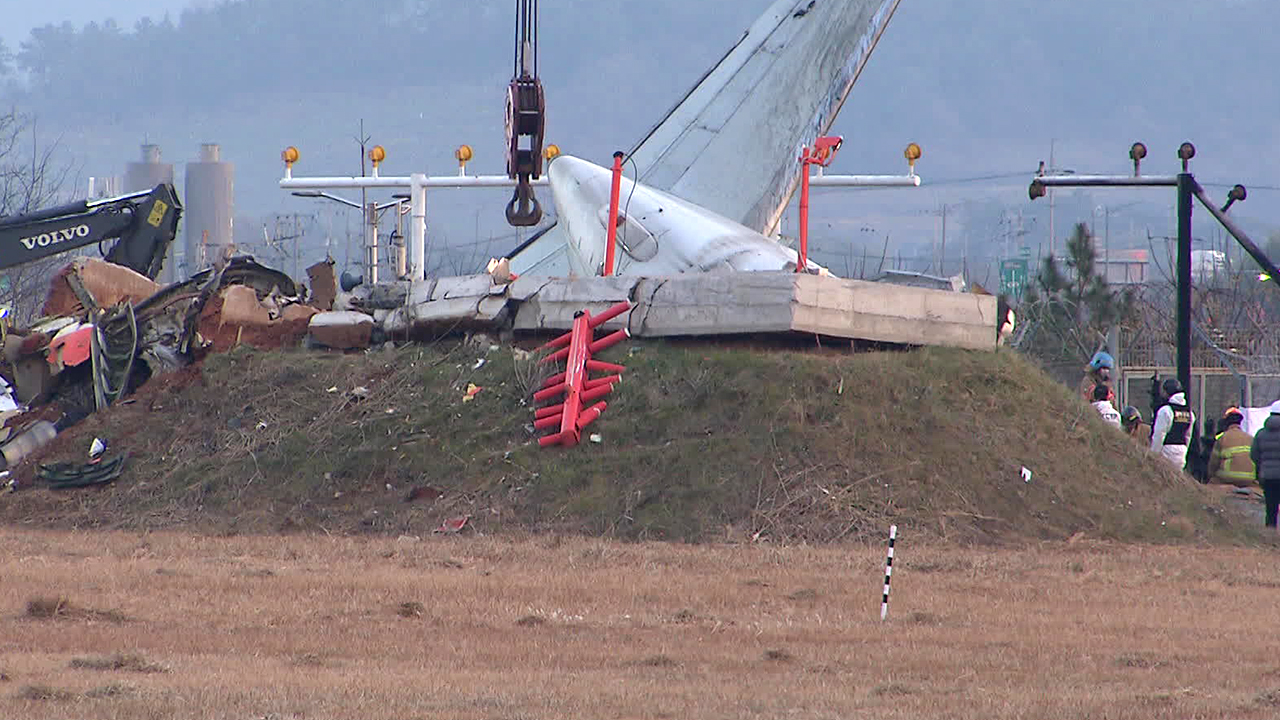
[Anchor]
We look into the tragedy involving the Jeju Air passenger plane.
Questions and controversies are growing regarding the circumstances under which the concrete embankment was created under the localizer.
The Ministry of Land, Infrastructure and Transport is repeatedly stating that they are investigating, while affiliated agencies seem to be engaged in a blame game.
Oh Dae-seong reports.
[Report]
The localizer facility at Muan International Airport, supported by over ten concrete pillars, was established when the airport opened in 2007.
There was an opportunity to correct it during subsequent renovation works.
In the 2020 renovation project order from Korea Airports Corporation, it was instructed to consider using materials that are prone to breakage when designing antennas, towers, and foundations.
However, during the 2023 renovation, a 30cm thick concrete slab was added on top of the concrete embankment instead.
The Ministry of Land, Infrastructure and Transport, the responsible department, only stated that they are investigating the overall process regarding why breakable materials were not used during both the initial construction and the renovation.
Korea Airports Corporation, which ordered the construction, conveyed through the Ministry of Land, Infrastructure and Transport that they instructed the structure to be built in a way that could consider breakability.
[Ju Jong-wan/Director of Aviation Policy, Ministry of Land, Infrastructure and Transport: "Korea Airports Corporation, the ordering agency, stated that the instruction to consider breakability was meant to guide the redesign of foundations, such as the rails on the embankment, with breakability in mind."]
However, the Busan Regional Aviation Administration, which had the final approval authority, claimed to KBS that "the renovation work was merely replacing old equipment" and that "it was not about reviewing the fundamental design."
We visited each company to see if there were any issues in the design and construction process, but only received responses stating that they followed regulations.
[Design company employee/voice altered: "I believe all relevant regulations were followed during the process. We are not in a position to discuss airport facilities due to security regulations."]
The design standards for airport facilities, stating that "the safety zone should be extended to the localizer, which is the first obstacle in case of runway departure," have been in place since at least 2006.
This is KBS News, Oh Dae-seong.
We look into the tragedy involving the Jeju Air passenger plane.
Questions and controversies are growing regarding the circumstances under which the concrete embankment was created under the localizer.
The Ministry of Land, Infrastructure and Transport is repeatedly stating that they are investigating, while affiliated agencies seem to be engaged in a blame game.
Oh Dae-seong reports.
[Report]
The localizer facility at Muan International Airport, supported by over ten concrete pillars, was established when the airport opened in 2007.
There was an opportunity to correct it during subsequent renovation works.
In the 2020 renovation project order from Korea Airports Corporation, it was instructed to consider using materials that are prone to breakage when designing antennas, towers, and foundations.
However, during the 2023 renovation, a 30cm thick concrete slab was added on top of the concrete embankment instead.
The Ministry of Land, Infrastructure and Transport, the responsible department, only stated that they are investigating the overall process regarding why breakable materials were not used during both the initial construction and the renovation.
Korea Airports Corporation, which ordered the construction, conveyed through the Ministry of Land, Infrastructure and Transport that they instructed the structure to be built in a way that could consider breakability.
[Ju Jong-wan/Director of Aviation Policy, Ministry of Land, Infrastructure and Transport: "Korea Airports Corporation, the ordering agency, stated that the instruction to consider breakability was meant to guide the redesign of foundations, such as the rails on the embankment, with breakability in mind."]
However, the Busan Regional Aviation Administration, which had the final approval authority, claimed to KBS that "the renovation work was merely replacing old equipment" and that "it was not about reviewing the fundamental design."
We visited each company to see if there were any issues in the design and construction process, but only received responses stating that they followed regulations.
[Design company employee/voice altered: "I believe all relevant regulations were followed during the process. We are not in a position to discuss airport facilities due to security regulations."]
The design standards for airport facilities, stating that "the safety zone should be extended to the localizer, which is the first obstacle in case of runway departure," have been in place since at least 2006.
This is KBS News, Oh Dae-seong.
-
-

오대성 기자 ohwhy@kbs.co.kr
오대성 기자의 기사 모음
-
이 기사가 좋으셨다면
-
좋아요
0
-
응원해요
0
-
후속 원해요
0










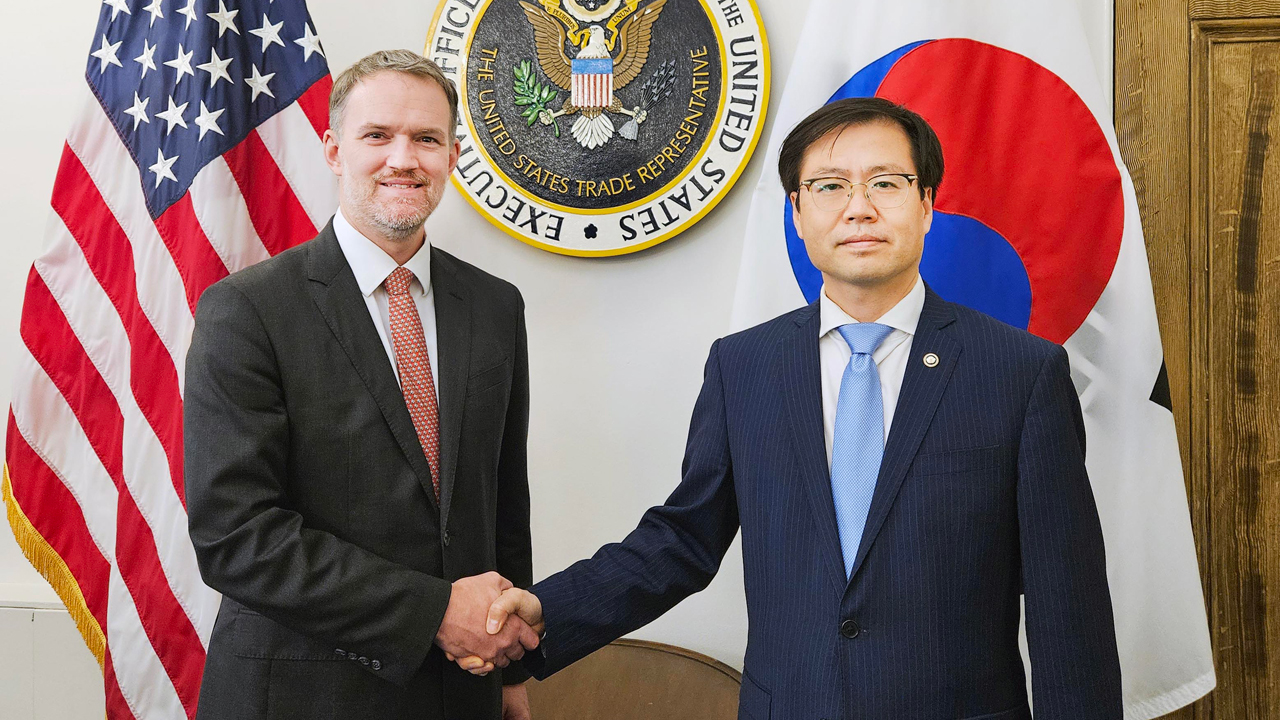
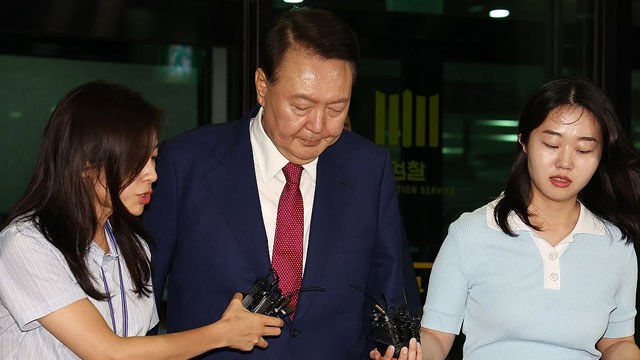
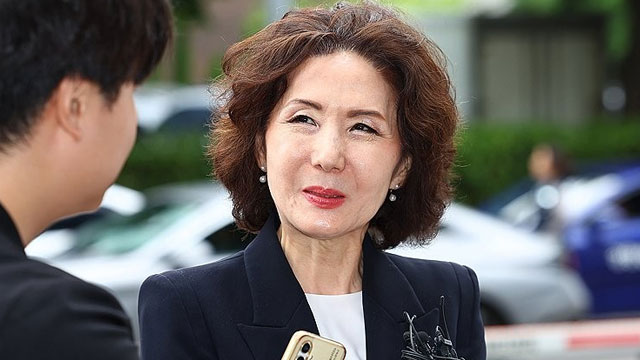
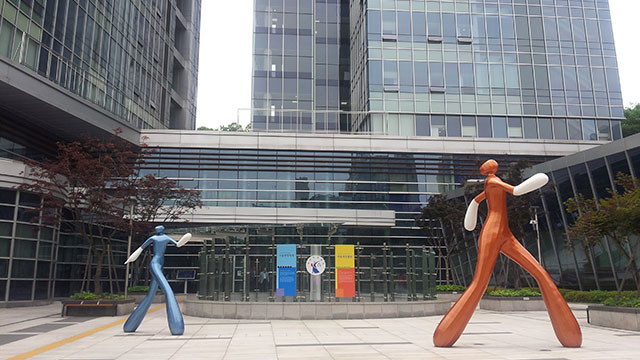

이 기사에 대한 의견을 남겨주세요.